- How to Propagate Monstera Guide: The Three Ways to Succeed - September 17, 2021
- Escargot Begonia: Why Is The Rex Begonia So Rare? - August 31, 2021
- Rieger Begonia: When You Can Expect The Hiemalis Begonia To Flourish - August 31, 2021
Also known as Amazon Fuzz, this Peperomia Incana variety is known for its fuzzy leaves. It is a slow-growing and succulent-like tropical plant from the rainforests of South America. Just like its many other family members, it is easygoing and unfussy, but it does feature a few different care requirements that most other Peperomia varieties do not have.
How to Identify Felted Peperomia
The key identifiers of this little plant are:
- Leaves that are round or heart-shaped
- Leaves that are a vibrant green color
- Leaves that are covered in small white fuzz
- Stems that are stiff and green in color
How to Grow Felted Peperomia from Seeds
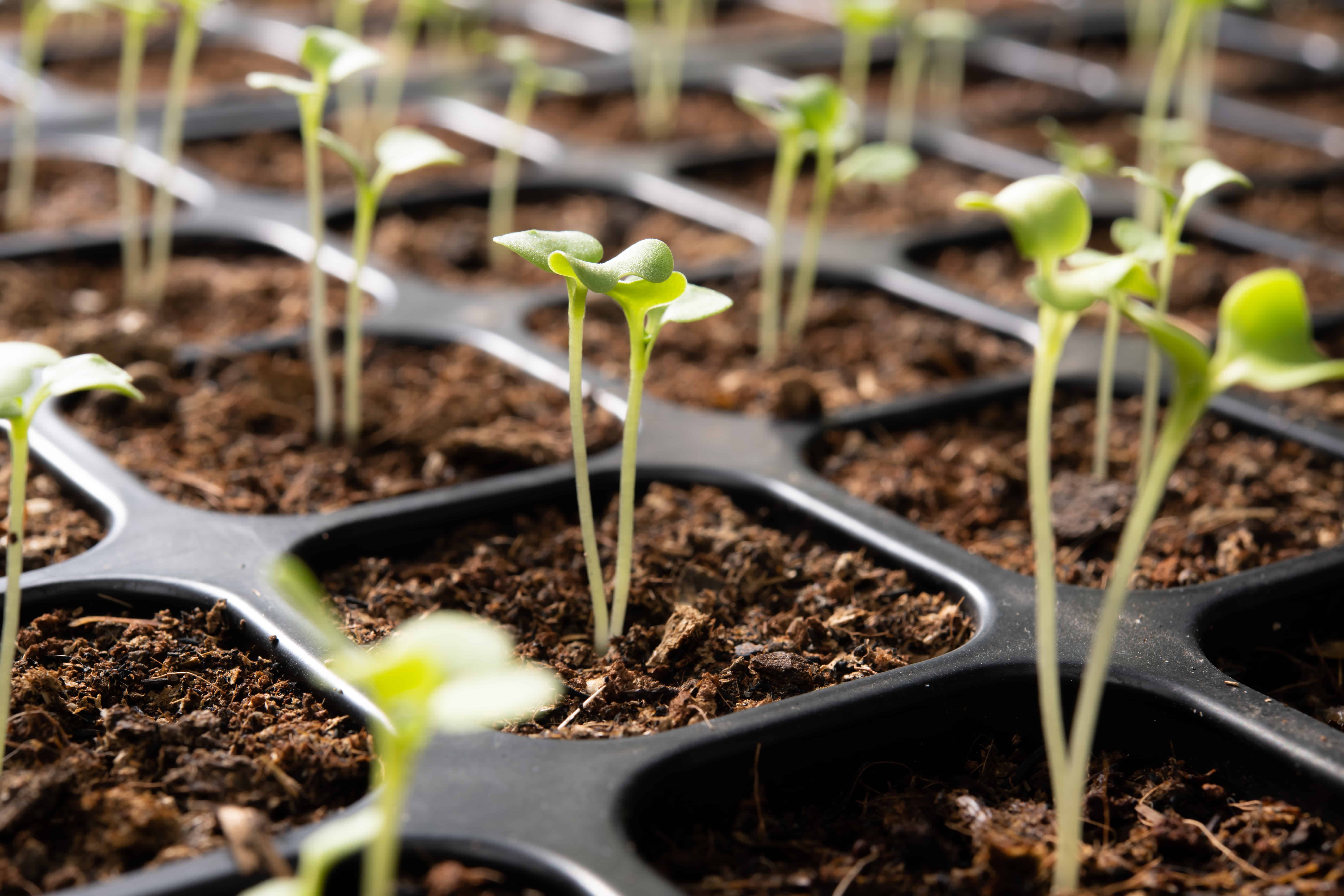
Because it can take a long time to see any significant signs of growth, planting Peperomia seeds is not the optimal method gardeners use to propagate these plants. But, if this is the method you have chosen for your garden, follow these steps:
- Purchase seeds from a reputable seller (sellers who price their seeds between $1 and $2)
- Fill a container with a soilless seed starting mix
- Plant the seeds in the seed starting mix
- Water the mix so that it is moist but not soggy
- Place plastic wrap over the top of the container
- Set the container in a warm spot that gets plenty of bright, indirect sunlight
- Once sprouts appear, transplant the seeds to a container filled with soil that has a pH level between 5 to 7.5
How to Propagate Felted Peperomia
The two most common propagation methods for this plant are both simple and straightforward. Plan to work through either of these methods during spring pruning sessions or when you repot your plants in the early spring season.
The warmer the weather the less risky it is for a plant to go into shock when you prune or replant it. Here are the basic steps to work through both propagation methods:
The Leaf Cutting Method:
- Clean a pair of scissors or another type of cutting utensil
- Cut off a healthy leaf that includes a petiole
- Fill a plant container with well-draining soil
- Dip the end of the leaf in a rooting hormone
- Stick the leaf into the soil so that the leaf is facing the outside of the plant container
- Use a straw to support the leaf
- Set the plant container in an area that is warm and receives plenty of indirect or filtered sunlight
- Water the new plant when the top layer of its soil is dry
- Once the plant has grown roots (approximately one month’s time), it can be treated as a mature plant
- Once the plant has grown new leaves, it can be given a light feeding
The Stem Cutting Method:
- Clean a pair of scissors or another type of cutting utensil
- Cut off a healthy 4-inch long stem that includes a petiole and several leaves
- Remove the lowest leaves
- Allow the stem to layout for a few days to callous
- Fill a clear glass with water and allow it to sit out for 24 hours
- Set the stem into the water
- Set the plant container in an area that is warm and receives plenty of indirect or filtered sunlight
- Change the water every other day
- Fill a plant container with sandy and loamy soil
- Once the plant has grown roots, transfer it to the plant container filled with soil
- Treat the plant as a mature plant
Felted Peperomia Growing Conditions
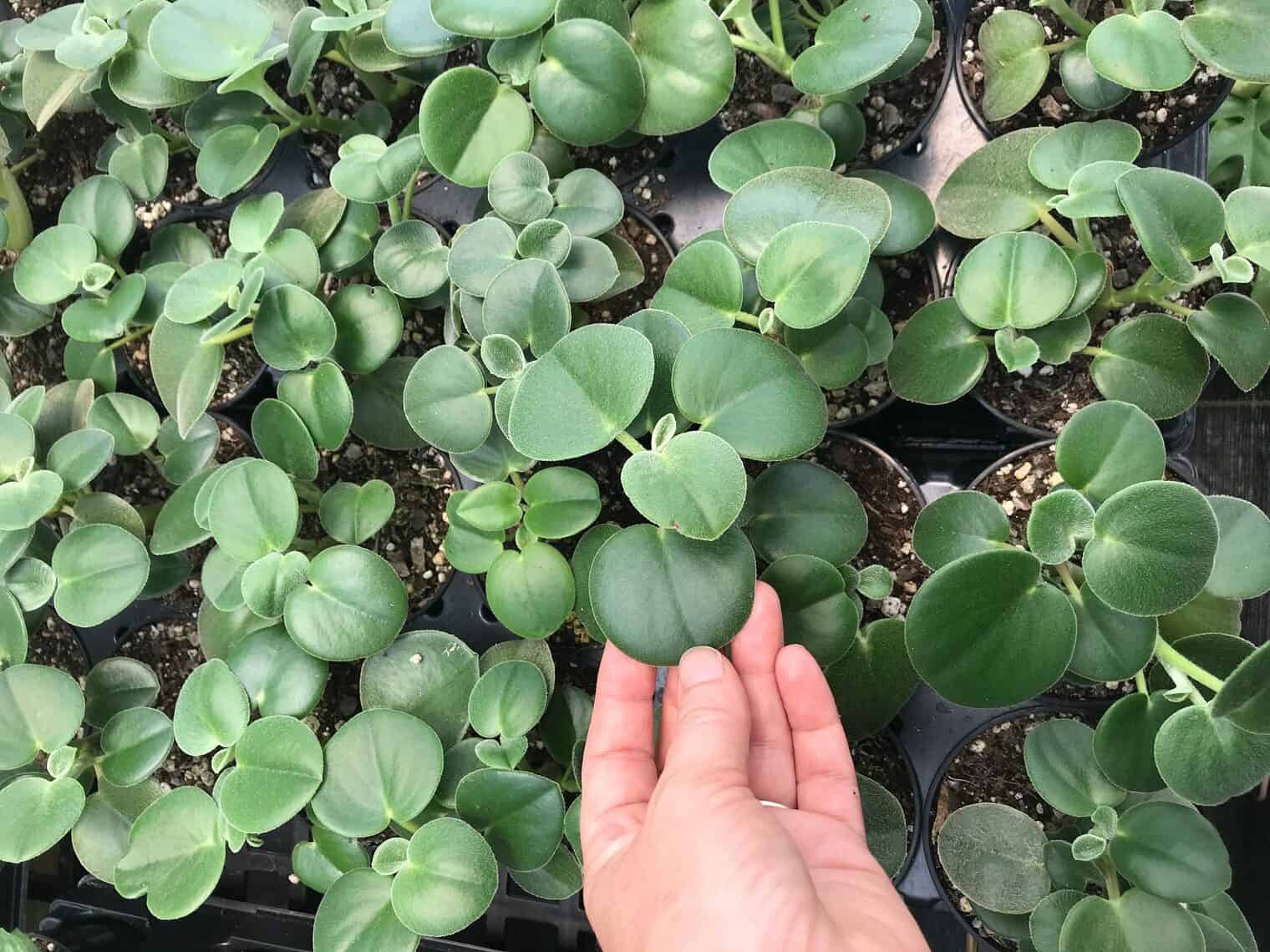
This plant is not cold-hardy and will die if left in a cold environment. Ideally, Felted Peperomia should be set in a spot that has temperatures ranging between 45 and 90 degrees Fahrenheit, but the higher the temperatures, the better. Avoid setting this type of plant near air conditioner and heater vents, as well as, open doors and windows. They cannot deal well with random cold drafts either.
While Felted Peperomia does require warm temperatures, it does not require a lot of humidity. If it has plenty of sunlight, it does not need any extra humidity, however, if it does not get the sunlight it needs, it should be provided with humidity.
To care for a tropical succulent-like plant, you may need to invest in the following items:
How to Plant Felted Peperomia
Peperomia plants should only be repotted every few years in order to provide them with new soil that contains fresh nutrients and it will reduce the risk of pest infestations and diseases that can reside in old soil and dirty plant containers. Keep an eye out for the following signs to know whether or not your plant needs repotted before two to three years has passed:
- Compacted Soil
- Roots that are crowded and growing into a ball formation
- A plant that looks too big for its current container
When it comes time to repot your Felted Peperomia, follow these steps:
- Fill a container with potting soil (if the plant has outgrown its current container, choose a new container that is two inches larger in diameter)
- Create a hole in the soil for the plant to set inside
- Carefully remove the plant from its current container
- Gently dust off any excess soil from its roots
- Set the plant into the hole in the new container
- Spread the soil around so that the plant is secure in its new container
- Water the plant
- Set it in a warm spot with indirect sunlight
Note: Repotting should only be done on warm spring days to reduce the risk of the plant going into shock
Felted Peperomia Potting & Soil
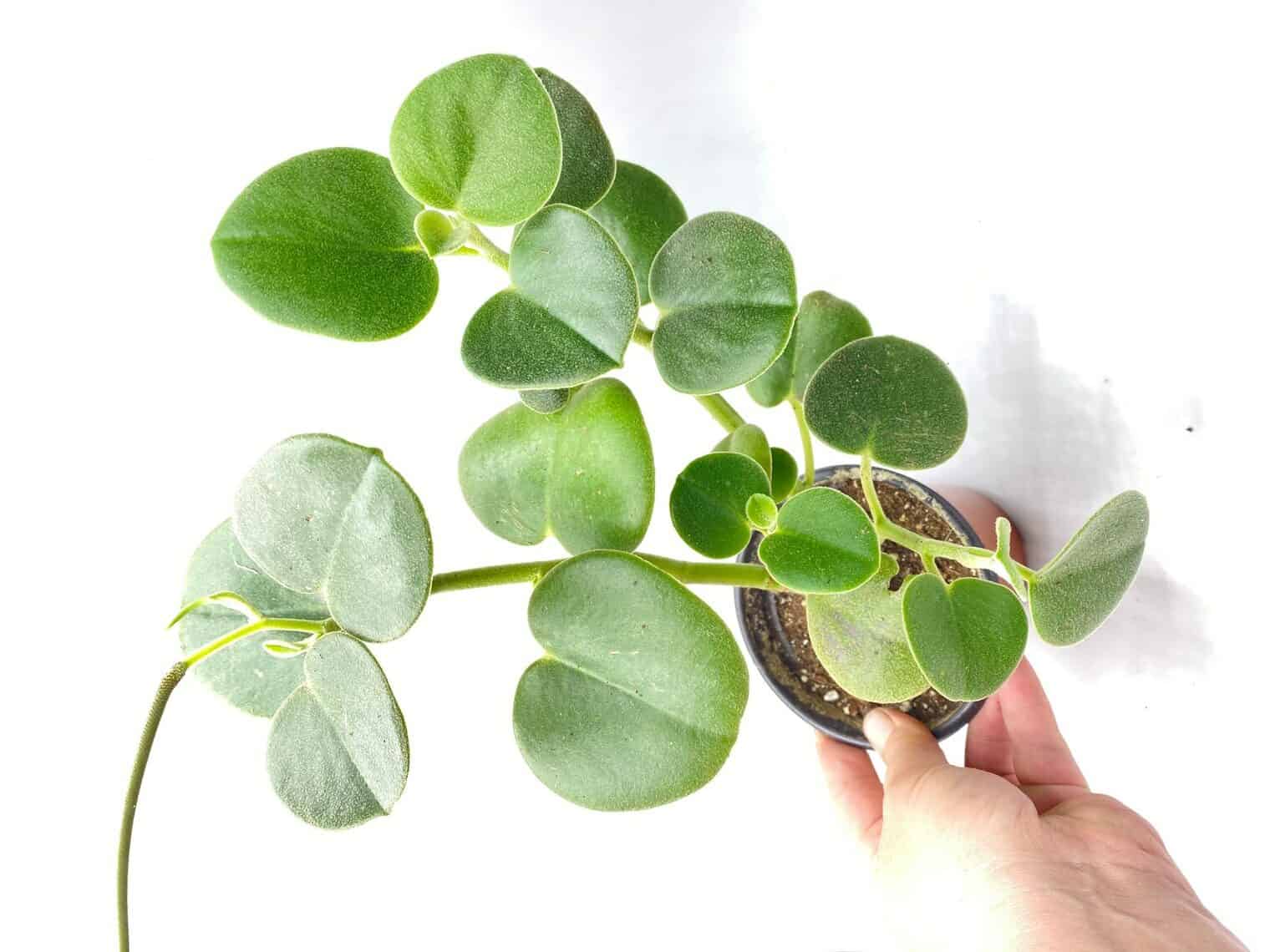
This Peperomia variety should be given soil that is one part large sand, one part clay, and one part silt. This combination will hold in moisture but will allow excess water to drain out. The Next Gardener Store offers a great succulent potting mix that will work well for Felted Peperomia.
Felted Peperomia also requires soil that has neutral pH levels (5 to 7.5). Use a Soil pH Meter to test soil pH levels to know which direction they should be adjusted. To create higher levels of soil acidity, add bone meal, hardwood ashes, or ground eggshells to it. For a more detailed look at how to adjust soil pH levels, read this article.
Along with the make-up of the soil, don’t forget to select a plant container that can drain off excess water. These ceramic succulent pots from the T4U Store are an excellent choice.
Felted Peperomia Water Requirements
Peperomia plants should be watered using the soak and dry method to limit the risk of root rot. It is a very simple method with six steps:
- Test the plant’s soil before watering it. It should only be watered if the top five inches of soil is completely dry. If it is still moist, wait another day to water it.
- Fill a tray or a tub with water.
- Set the plant container in the water, but make sure the water isn’t so deep that it will overflow the lip of the container. The point of the soak and dry method is to utilize the drainage holes in the plant container to soak up water from the bottom.
- Let the plant soak up water for fifteen minutes.
- Remove the plant from the water.
- Set the plant in a spot where the excess water can drain from the container’s drainage holes.
If the thought of root rot infesting your plants still has you nervous, consider using some modern technology to reduce or remove the hesitancies and insecurities that plant watering can cause. Plant watering apps are easy to download and are designed to assist you with a variety of plant care issues. Try an app to keep track of when you watered your plants, to remind you to water your plants, and to answer questions about your plants. No more watering worries from now on.
Felted Peperomia Light Requirements
This is a care requirement that is different for Felted Peperomia when compared to other members of its family. Most Peperomia varieties have delicate leaves that can easily burn and wither from exposure to direct sunlight, so they should be provided with bright or low light that is either filtered or shaded.
But Felted Peperomia is different. It needs full sunlight to grow well and it is designed to handle all that extra heat and sunlight. That delicate-looking fuzz on its leaves is actually a very strong sun shield.
If you are ever unsure about what type of light is coming into your indoor spaces, you can test it with either a light meter or a light meter app. These technologies will help to ensure that your plants are receiving adequate lighting.
Best Felted Peperomia Fertilizer
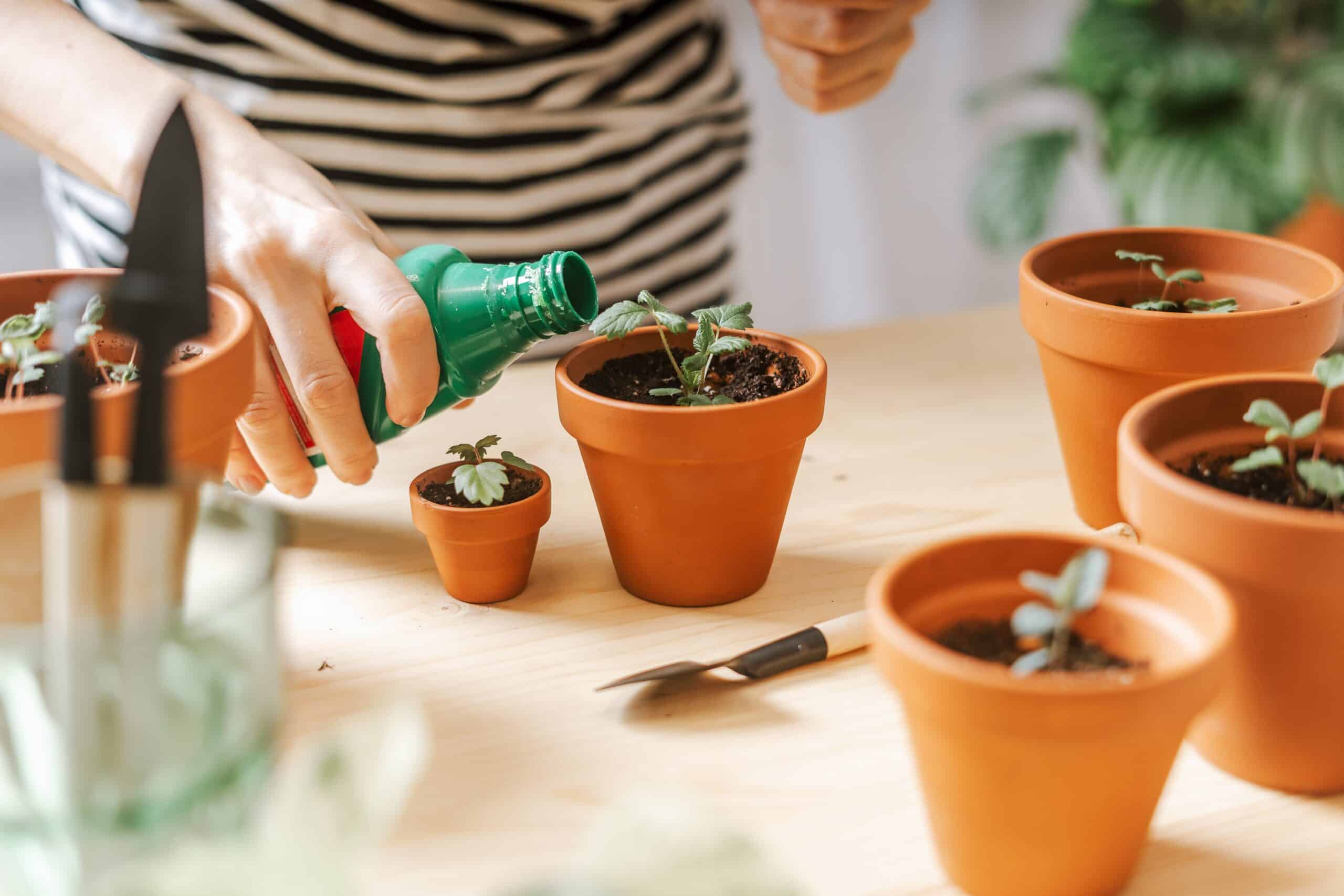
Choose a quick-release fertilizer that is gentle for plants and is also water-soluble. Succulent Plant Food by Easy Peasy is a great option. Remember, there is no need to fertilizer a Felted Peperomia during the cold months; it is resting then. This plant only needs fertilizer during spring and summer.
Best Felted Peperomia Companion Plantings
Do you want an easy and excellent way to provide extra humidity for your plants? Do you want to set up an indoor garden environment without extra learning or extra maintenance? Do you want to give your home some extra air purification without spending tons of money? The answer to all of these questions is plant companions. It is well known that clustering plants together provide extra humidity, extra beauty, and extra air purification.
When considering what types of plants to use as a companion planting for your Felted Peperomia, keep the following requirements in mind:
- Choose a plant that has similar care requirements, e.g., the same type of soil and watering method
- Choose a plant that will look aesthetically appealing next to your other plant
- Choose a plant that is easy to grow, propagate, and care for
A few examples of plants that will meet these plant companion requirements are:
Succulent Varieties
Since Felted Peperomia has a succulent-like list of care requirements, why not provide them with some other succulents as friends? They will look great together on a window sill or clustered together on an outdoor patio.
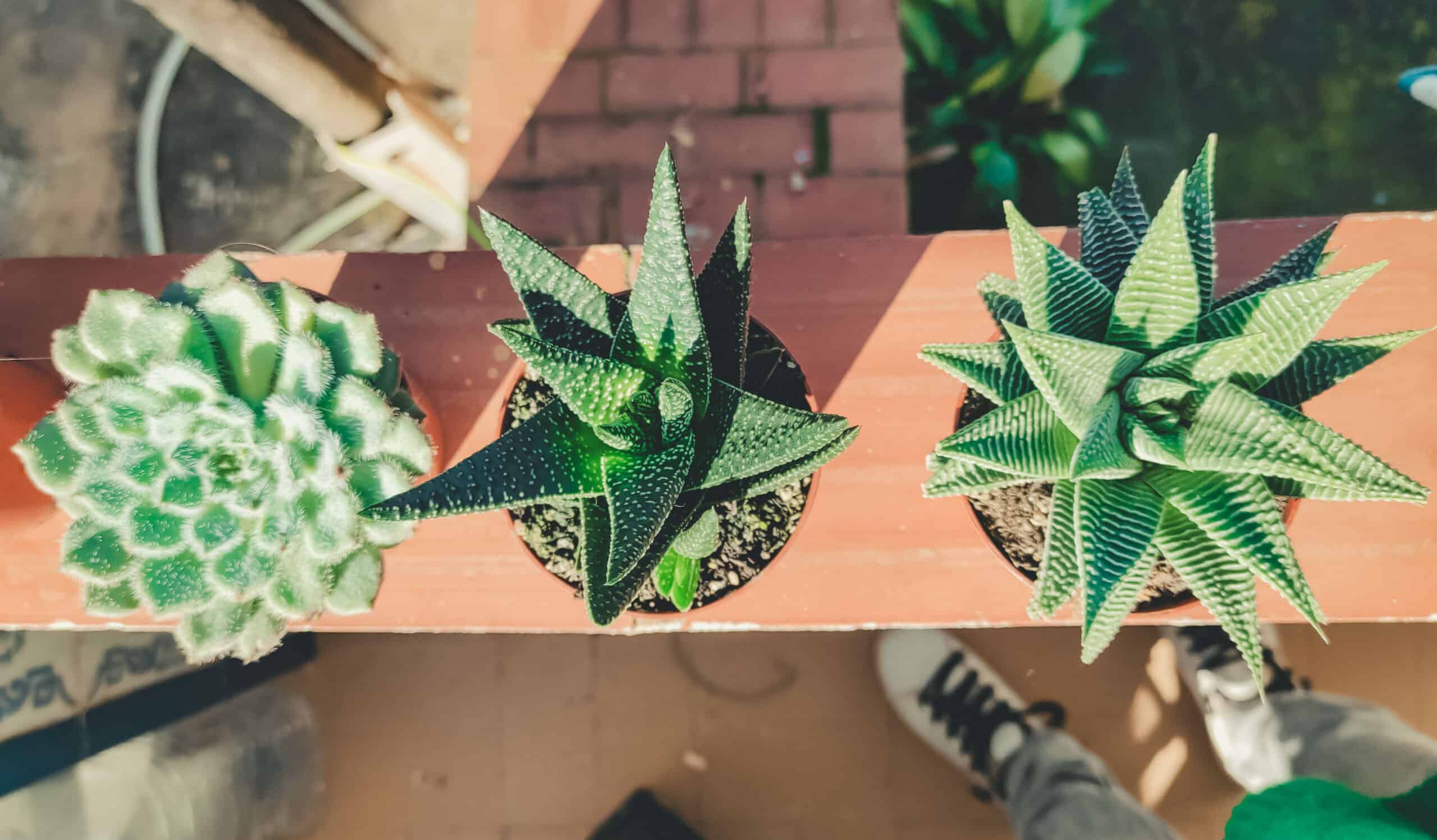
Pros:
- Succulents are typically very easy to care for
- Succulents have similar soil and water requirements as Felted Peperomia
- Succulents come in many different shapes, sizes, colors, and features so you will not run out of options
Cons:
Peperomia Varieties
Stick with family members and you are sure to have plants that look great sitting next to each other and don’t ask for fussy maintenance.
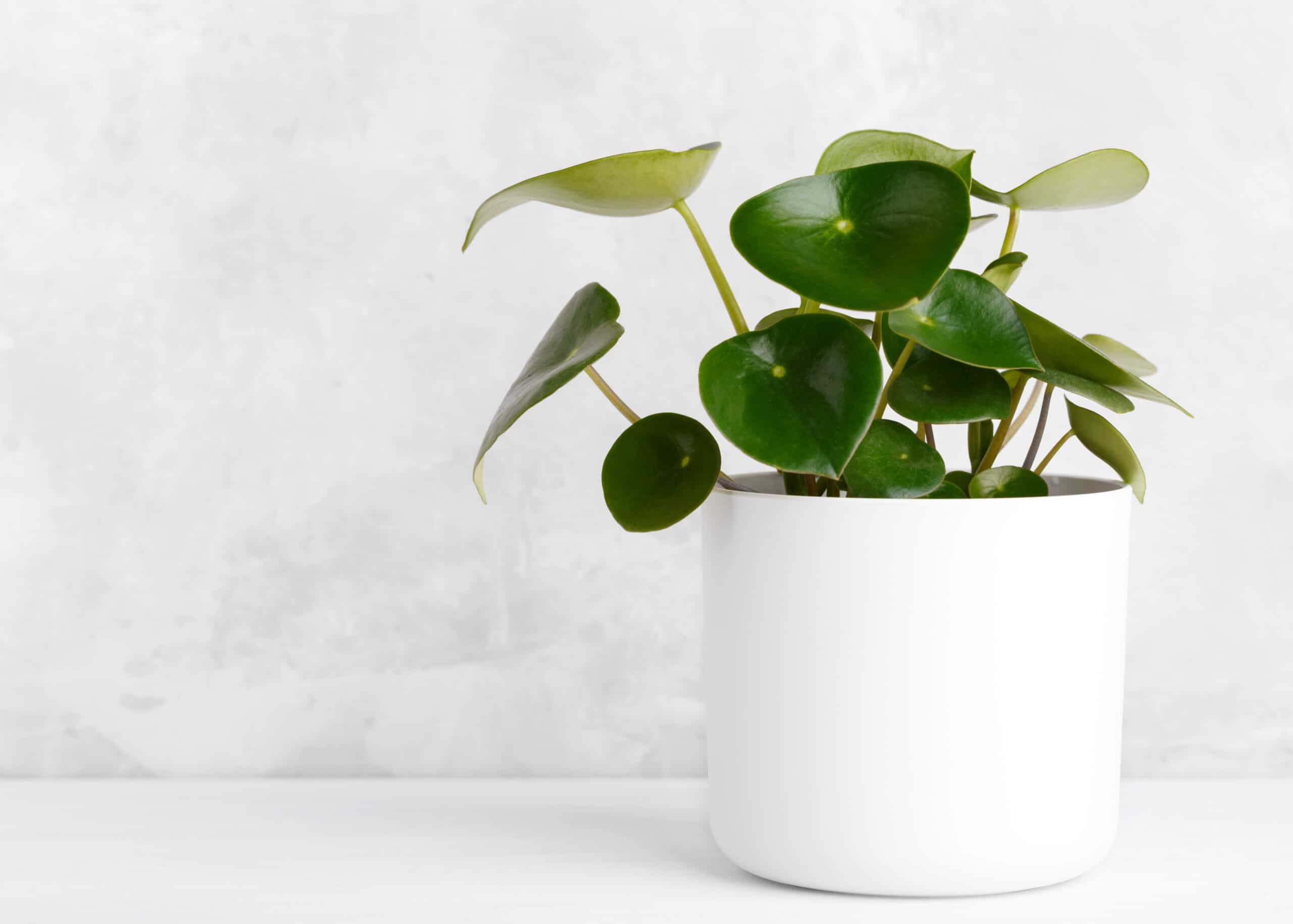
Pros:
- They are from the same family as Felted Peperomia
- They are typically very easygoing and unfussy
- They come in a wide variety of shapes and colors
- They are not toxic
Cons:
- None
Pilea Plants
Select another type of tropical plant that is similar in its care and maintenance needs and you’ll never feel like gardening is a hassle. Pilea plants are naturally easygoing and will make the perfect companion for your Felted Peperomia plant.
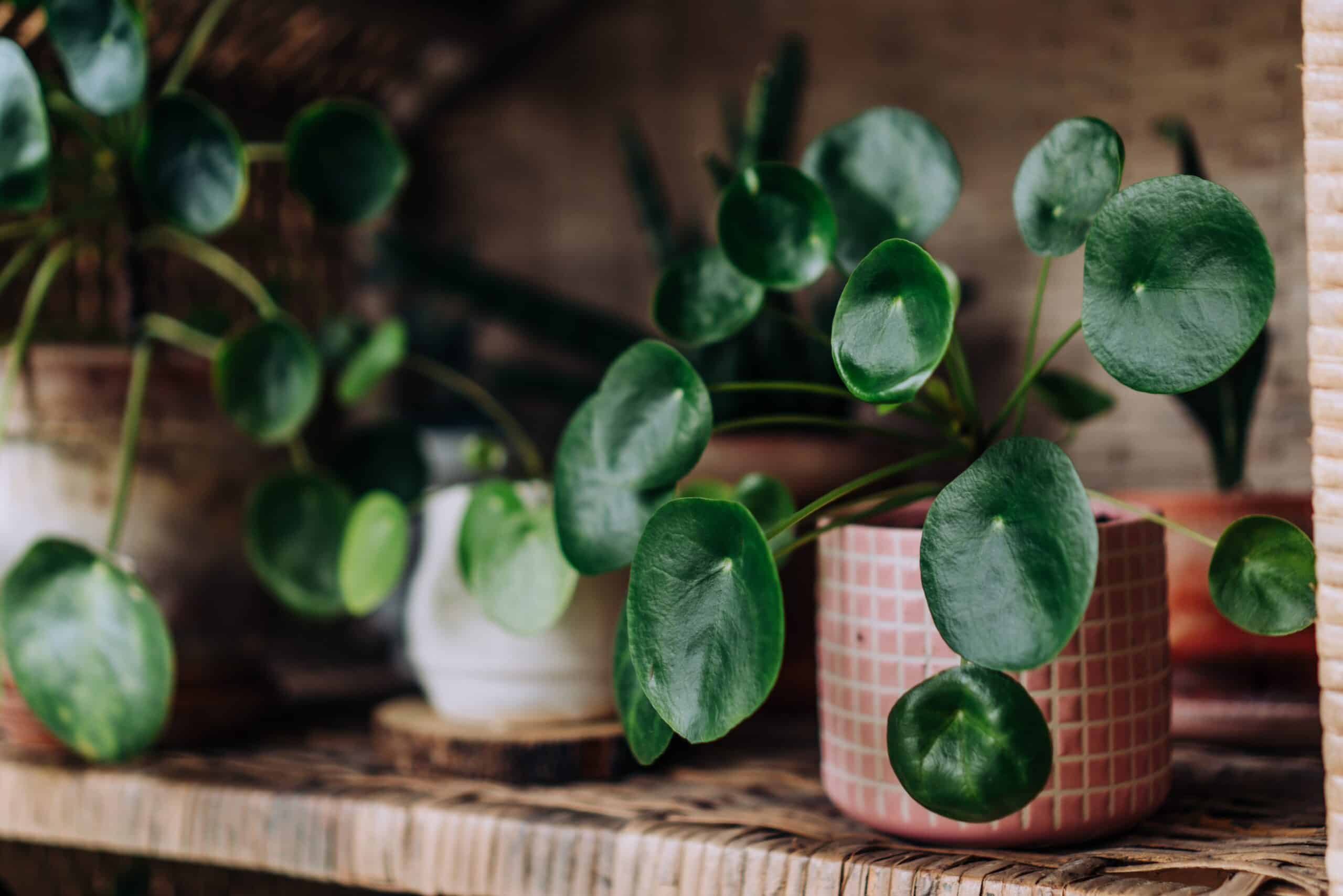
Pros:
- They are very easy to care for
- They require well-draining soil
- They require the soak and dry watering method
- They come in different shapes, sizes, leaf textures, and colors
- They are not toxic
Cons:
- None
Felted Peperomia Diseases and Common Problems
Here is a list of the most common issues faced by these plants. In this list is information on how to identify and treat each issue.
Aphids
This type of infestation looks likes tiny insects that are shaped like teardrops. To deal with an infestation of aphids, follow these steps:
- Spray the plant with a mixture of neem oil and soapy water
- Wipe down the leaves of the plant
- Apply neem oil to the leaves to prevent another infestation
Mealybugs
Evidence of an infestation of mealybugs is small white spots that look like cotton on leaves and stems. To deal with an infestation of mealybugs, follow these steps:
- Spray a solution of alcohol and water on the leaves
- Rub the leaves with a cotton ball
- Coat the leaves in neem oil or insecticidal soap every few days
Root Rot
This is caused by overwatering a plant. If you learn how to properly water your plants, they should not get root rot. If, however, you are suspicious that your plant is suffering from this, look for these symptoms:
- Stems and leaves that are black
- Stems and leaves that are translucent
- Stems and leaves that are mushy
- Leaves that are dropping off regularly
Felted Peperomia Treatments and Maintenance
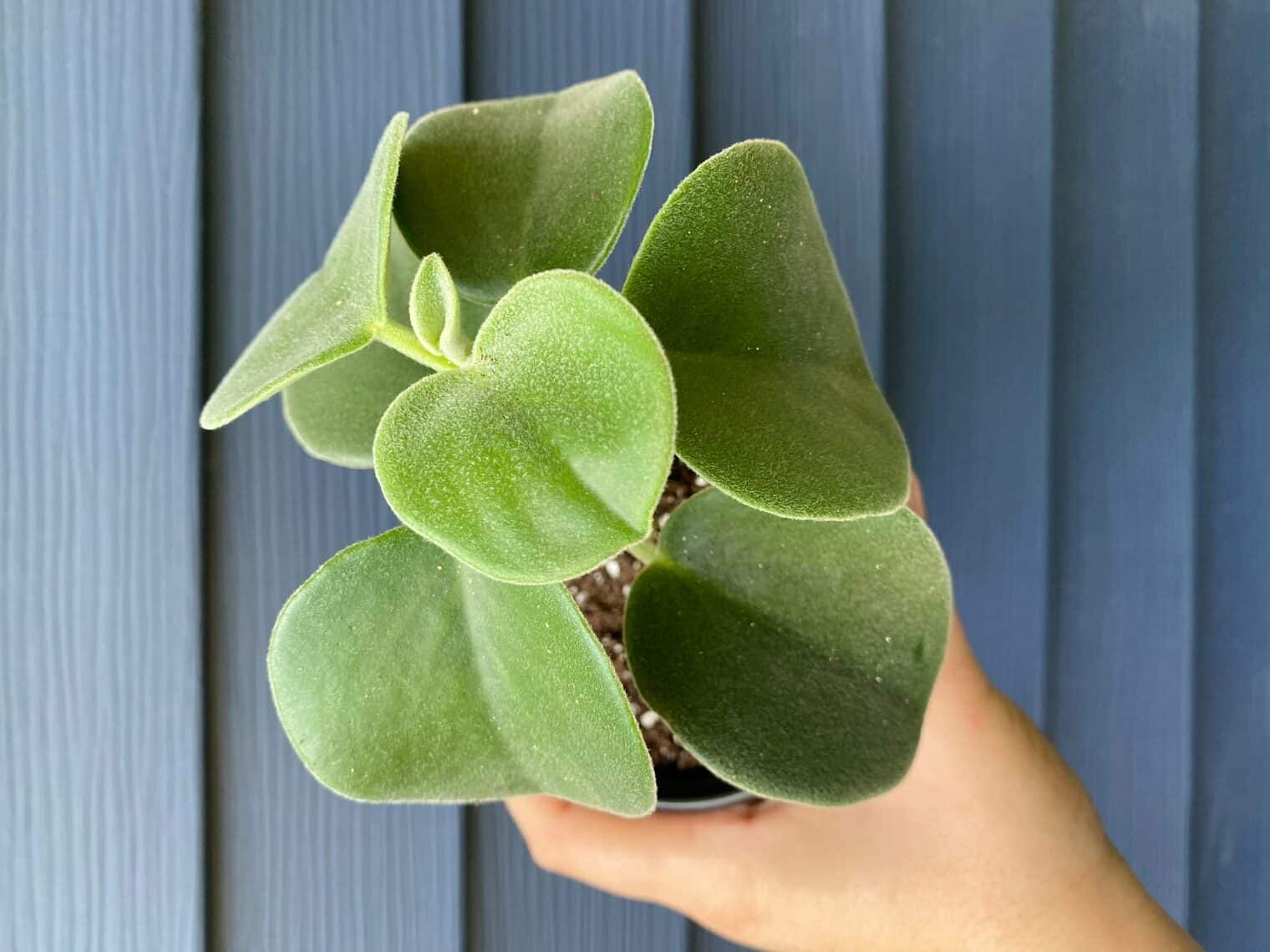
Since prevention is better than treatment, take some time to learn about what sort of diseases and pest infestations each of your plants faces. Then, learn how you can best treat and prevent those. Here are few tips to help keep your plants healthy and disease-free:
- Check it for signs of disease and infestations regularly, and treat them quickly.
- Clean the plant regularly with neem oil.
- Learn how to properly water and feed your plant.
- Make sure your plant is set in an area with adequate amounts of sunlight, heat, and humidity.
- Mix diatomaceous earth into the soil of potted plants.
Where to Buy Felted Peperomia Seeds Online
Since Peperomia seeds are difficult to find, it will require a little effort to search for them. If you are interested in purchasing these seeds, then start with these online shops:
Where to Buy Mature Felted Peperomia Online
Etsy is full of shops that sell this lovely little plant. Find a shop that has great reviews and ratings and get your plant sent straight to your doorstep.
FAQs
Question: Is Felted Peperomia Toxic?
Answer: No, these are not toxic.
Question: Which USDA Hardiness Zone Can Felted Peperomia be Planted In?
Answer: These are not cold-hardy plants, so should only be planted in the ground if you live in zones 10a to 12. If you live in zones lower than these, they should be planted in a container that can be transferred indoors during winter.
Question: Does Felted Peperomia Produce Blossoms?
Answer: Yes, when placed in the right conditions (lots of sunlight), the older stems of the plant will produce tiny scentless flowers all over them.
In Conclusion
Felted Peperomia is another plant that every gardener should have. Its easygoing nature and unique features are sure to make it the center of attention in any garden or home where it is kept and cared for.

